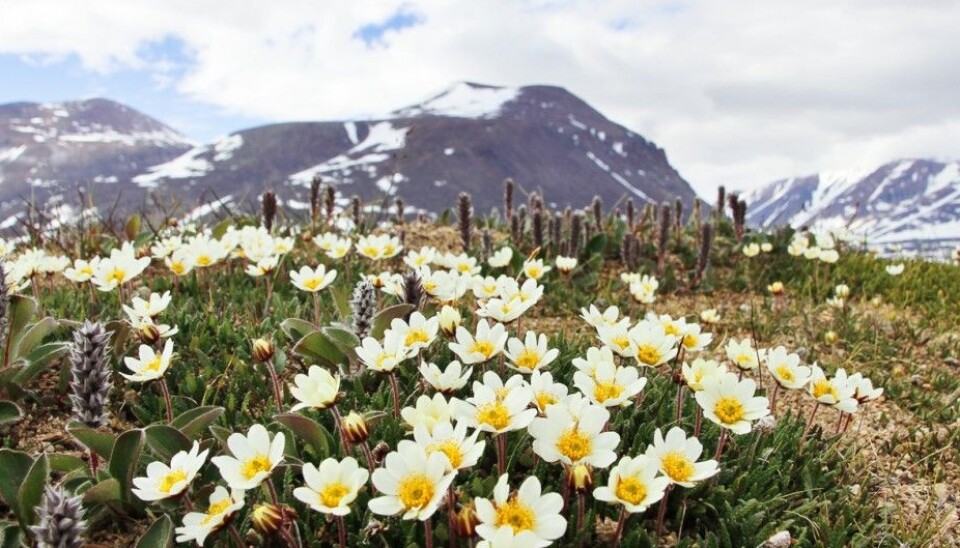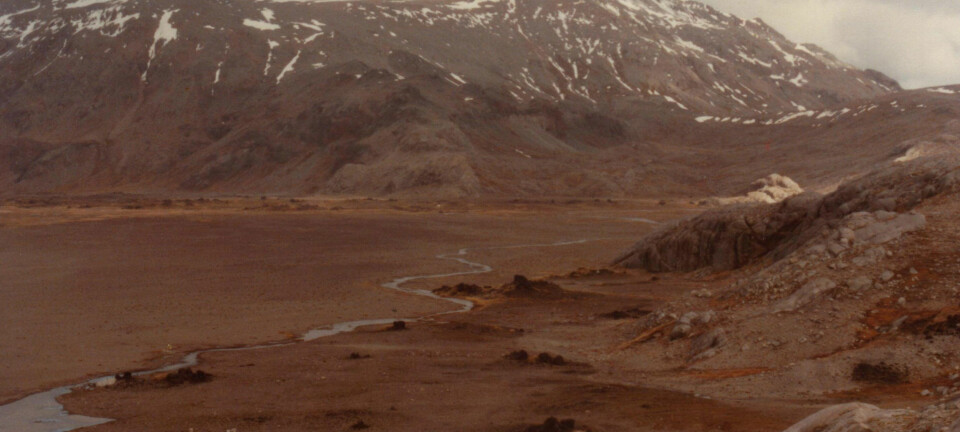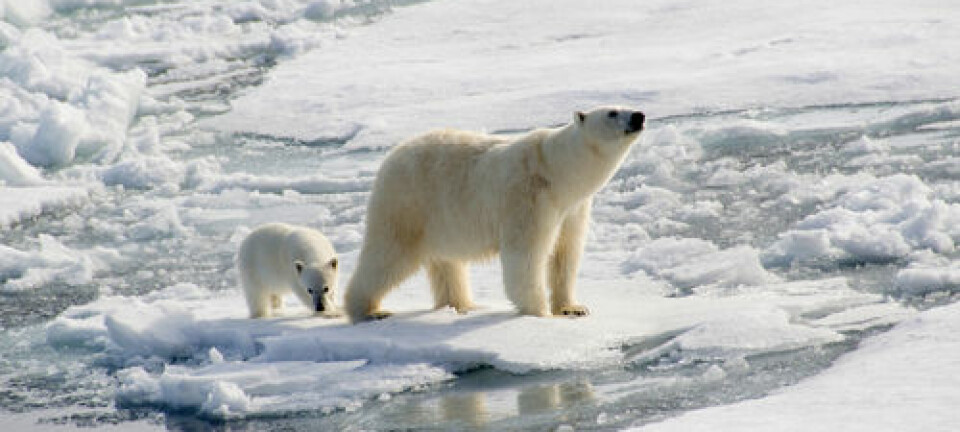
A small fly is a super pollinator in the Arctic
VIDEO: An international research group has found that a small cousin of the housefly is responsible for much of the plant pollination in the Arctic.
North Greenland and similar regions of the High Arctic might look like a lifeless frozen desert. But in the summer the ice-free parts of this landscape are teeming with insects. Just as they are elsewhere, insects are vital contributors to the propagation of Arctic plants.
Researchers from Sweden, Finland, Denmark and Canada are engaged in a research project about a common plant in the far north called Dryas octopetalan – or in plain English, the eight-petal mountain avens.
The Discovery
The researchers investigated which insects visited the mountain avens at 15 sites in northeast Greenland. Then they returned to see how many seeds these plants had at each spot.
The results were clear: The more insects of the species Spilogona sanctipauli – a little fly in the muscid family related to the common housefly – that visited these flowering plants, the more seeds they produced.
Determining which bugs were doing the most pollinating was no easy task. The scientists made little traps that looked like a mountain avis and used sticky flypaper to snare six-legged victims.
Only one species
A total of 117 different insect species – a diverse community representing two-thirds of all the know insects in the area – visited the mountain avens in northeast Greenland. This says something about how important mountain avens probably is for the Arctic ecosystem.
“Given how many different kinds of insects are visiting these flowers, it is even more surprising that a single species is so important for helping the avens produce seeds,” says Roslin to ScienceNordic’s Swedish partner forskning.se. Roslin is a professor of entomology at the Swedish University of Agricultural Sciences.
Interplay endangered
The researchers behind this study are concerned about their discovery.
The quantities of these flies are diminishing as the Arctic warms up.
“This is very disturbing. The mountain avens is blooming earlier in an increasingly warm Arctic. But the insects don’t seem to be capable of adapting to this development.
“For the plants this means fewer insects that can pollinate them. For the flies it means less food. If this gap widens to much it could be a threat against pollination in the Arctic,” says Niels Martin Schmidt, head of the research station at Zackenberg in northeast Greenland.
Translated by: Glenn Ostling






